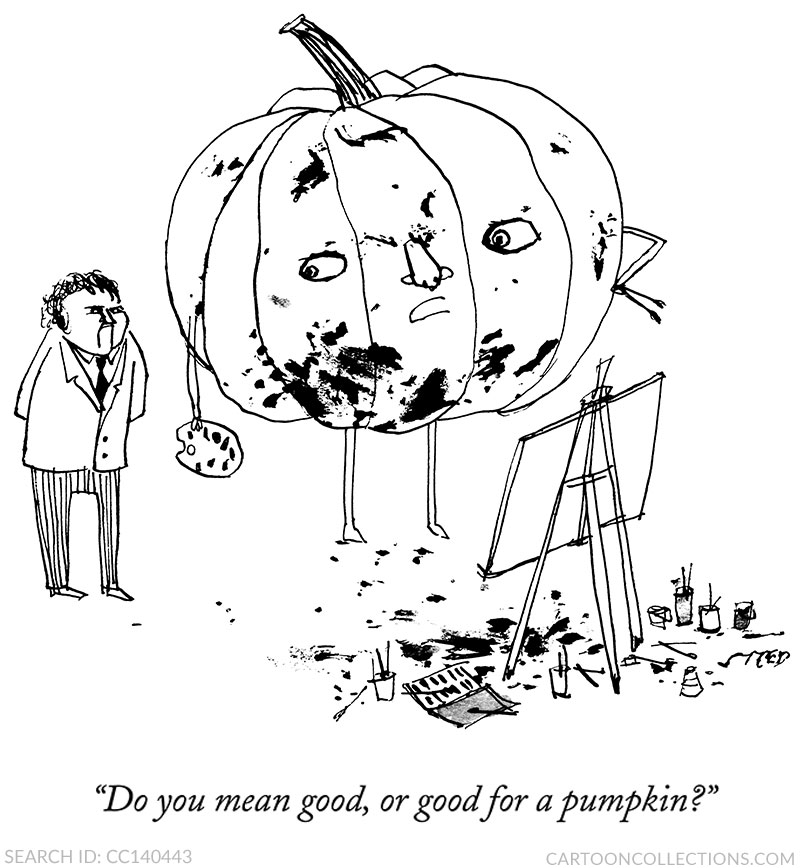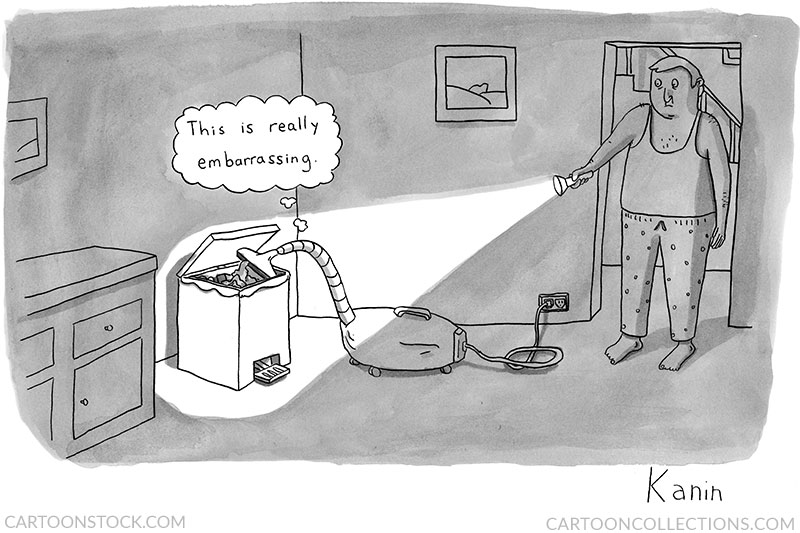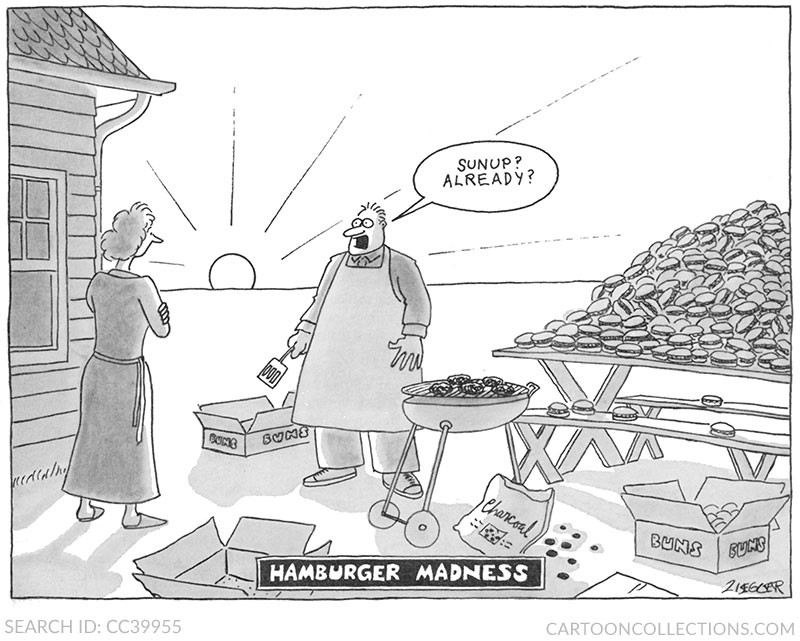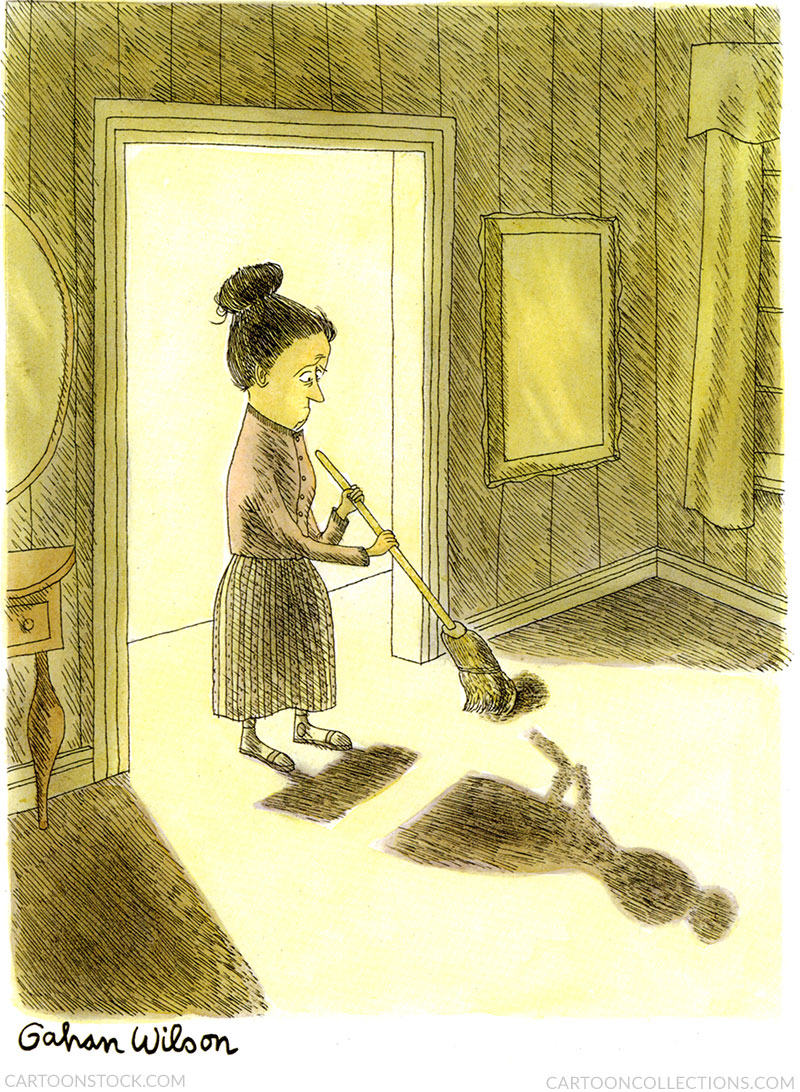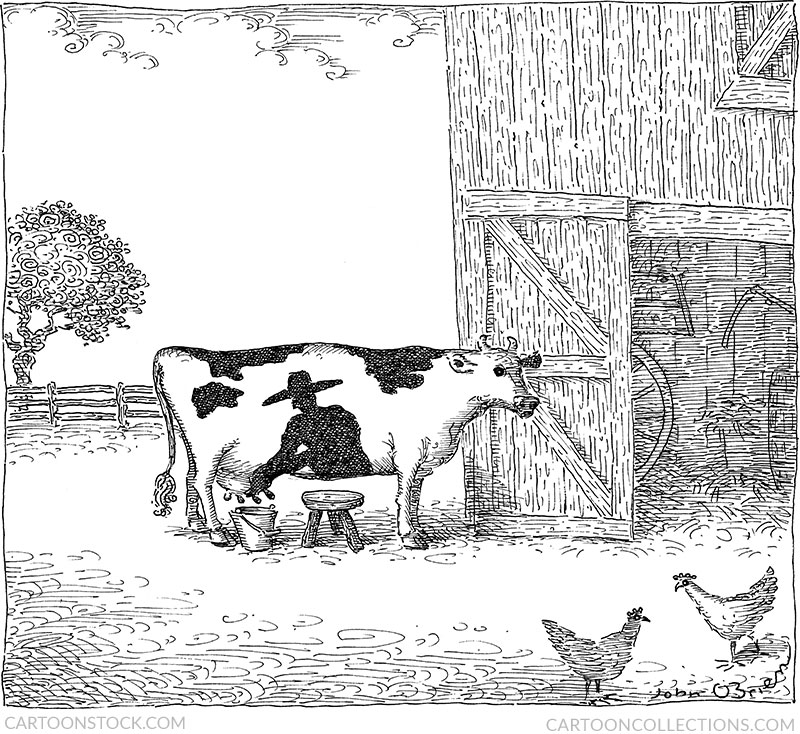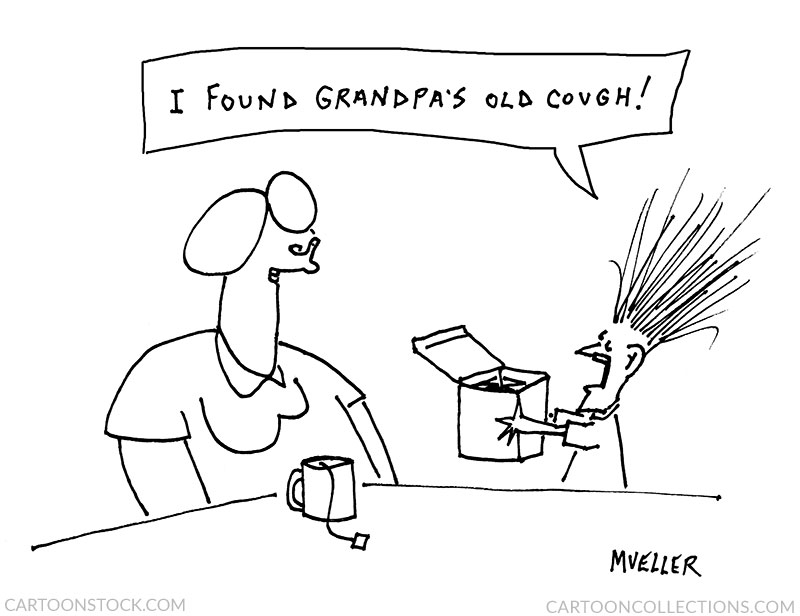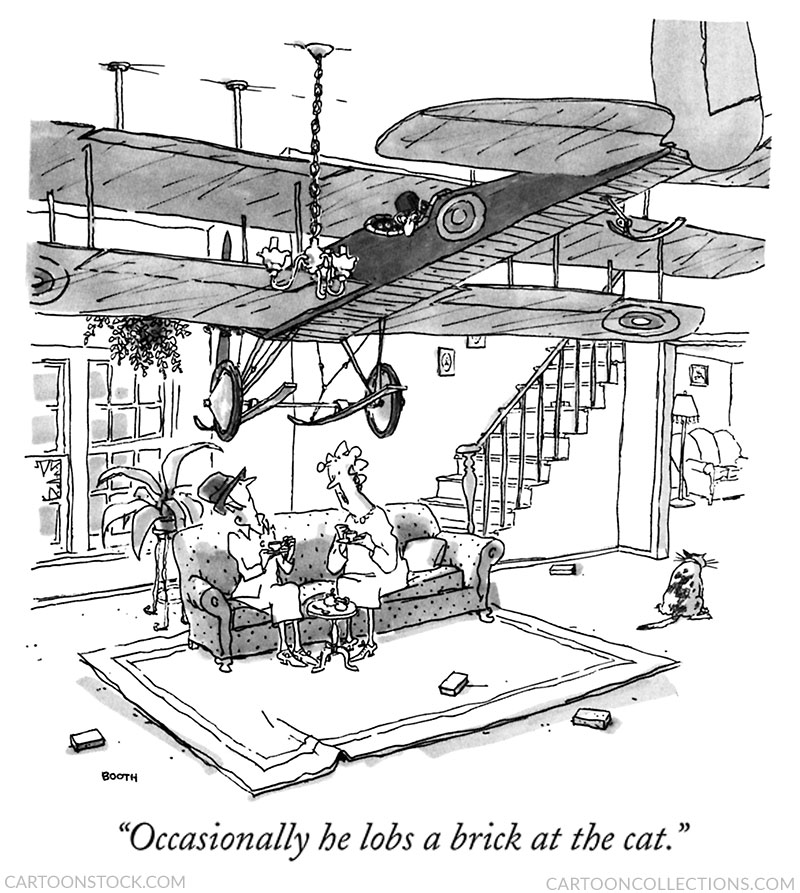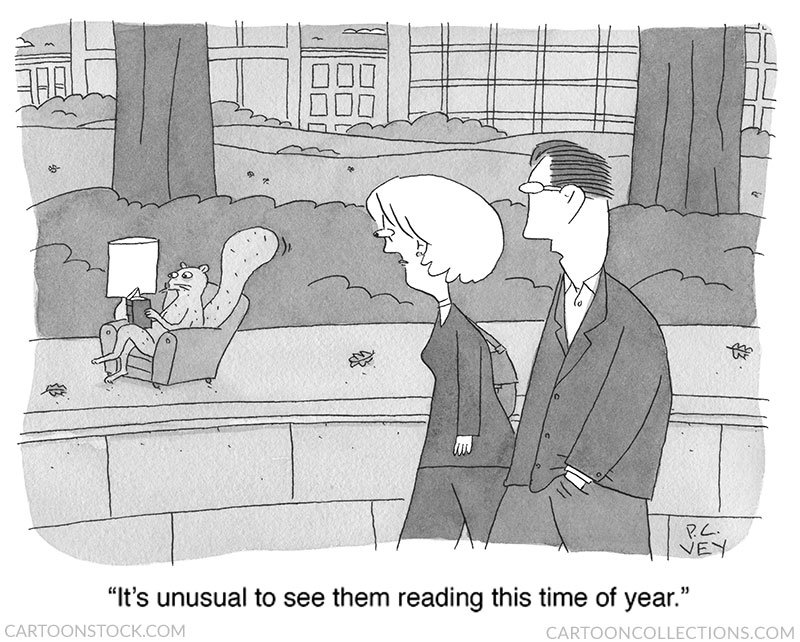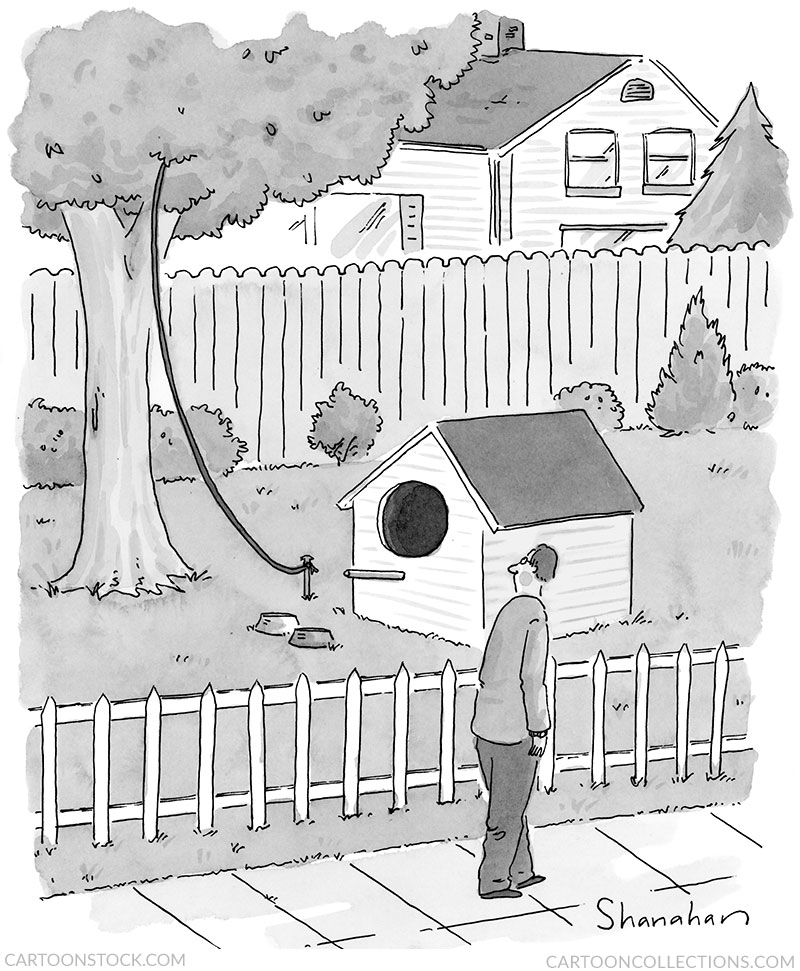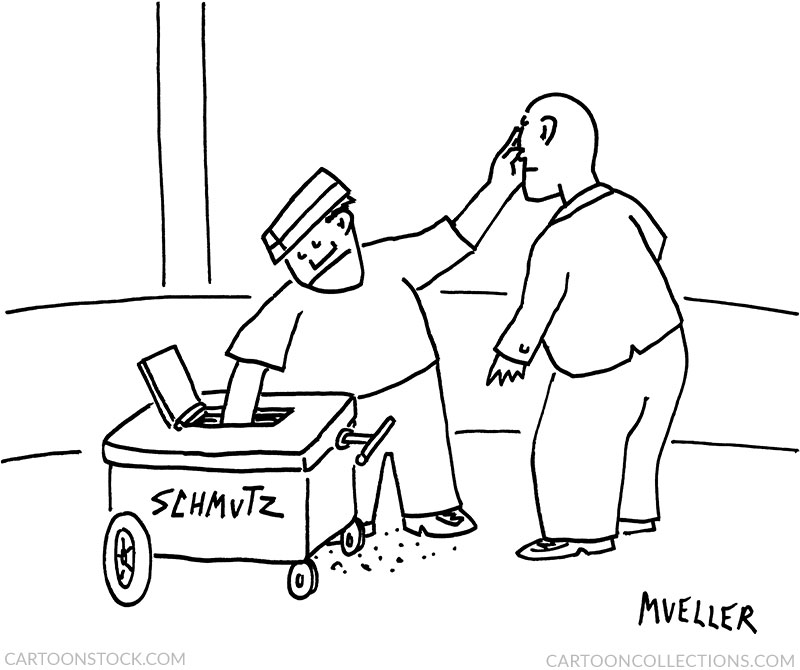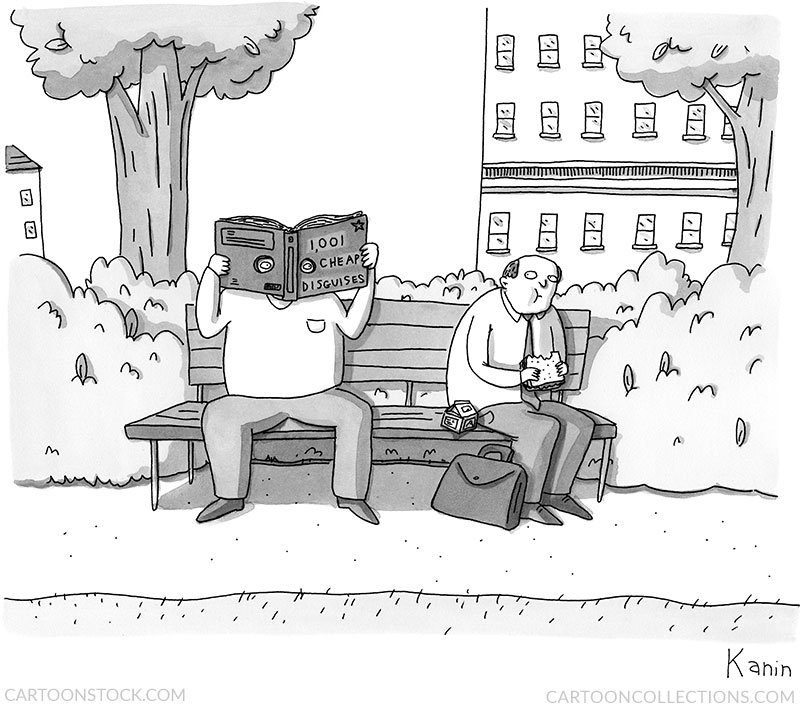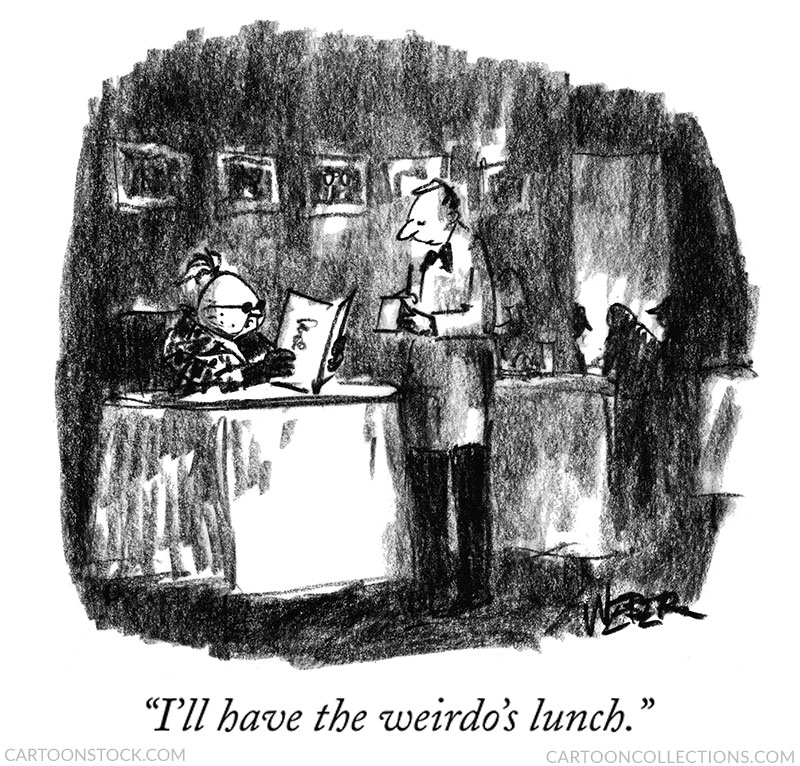 Cartoon critics Phil Witte and Rex Hesner look behind the gags to debate what makes a cartoon tick. This week our intrepid critics take a look at unusual toons.
Cartoon critics Phil Witte and Rex Hesner look behind the gags to debate what makes a cartoon tick. This week our intrepid critics take a look at unusual toons.
Many cartoonists rely on cliches, that is, setups that can be relied upon because they are familiar yet durable enough to vary in almost infinite ways. The desert island is a prime example. Cartoonists also rely on stock characters: the unreasonable office boss, the weaselly politician, the aloof cat. Cartoonists often reach into their box of cartoon clichés and stock characters to create cartoons that defy our expectations in fresh and clever ways.
We’re not discussing those cartoonists here. Instead, we celebrate cartoonists whose work stands apart for its singular creative vision. They create their own world, and it’s often weird.
Take this cartoon by Edward Steed, a master of this genre. A talking pumpkin? We can accept that. A talking pumpkin who paints? Hm… A talking pumpkin who paints and is sensitive to being patronized? Who but Mr. Steed could imagine such a thing?
Zach Kanin is another cartoonist whose quirky artwork is well-suited to his offbeat humor. Like the Steed cartoon, this one features an inanimate object with thoughts and feelings. This trashcan-diving vacuum cleaner has some explaining to do. It takes a special kind of imagination to come up with a gag like this.
Jack Ziegler paved the way for these later cartoonists by pushing the boundaries of what cartoon humor could be. The settings of his work are more familiar, but the humor is undefinable. The title below (also the title of a collection of Ziegler’s cartoons) describes but does not explain the situation.
For strangeness, few cartoonists can top Gahan Wilson. Many of his cartoons border on the grotesque and macabre, and his characters are often monstrous. Here is a more understated but no less bizarre example of his work.
John O’Brien is another cartoonist whose unique art style pairs perfectly with his comic sensibility. His drawings resemble etchings, timeless snapshots of dreams. The surreal image below includes the suggestion of a person who’s not really there. One wonders what flash of brilliance inspired this caption-less cartoon.
Pretty much any cartoon by P.S. Mueller falls into this category of cartoon. A box of cough? The humor here veers into the truly odd. Mueller’s art, like Steed’s, defies convention. Consider the distortion of the woman’s face and figure. Yet, the art is integral to the humor: the kid’s hair tells the story.
Of course, cartoons can be both odd and delightful. Veteran cartoonist George Booth includes a heavy dose of whimsy in all of his work. While his cartoons are typically set in a largely unfurnished living room with a bare lightbulb hanging from the ceiling, this cartoon is set in a middle-class home with an unusual accessory. The World War I era plane improbably dominates the scene—it doesn’t even fit into the cartoon space—and the caption does little to explain who, what, or why.
The cartoons of Peter Vey add absurdity to everyday situations. The settings may be an office or a suburban backyard, but the humor frequently turns on the impossible. In his cartoon of two urbanites, the reference in the wonderfully worded caption to “this time of year” suggests that squirrels may sit down with a good book in a different season when it’s less “unusual” to see them so engaged.
Danny Shanahan has created many wonderful cartoons. His humor is fairly traditional, but this caption-less cartoon seems to have sprung from a different realm of his imagination. The doghouse is familiar, but it’s been strangely altered. Is the backyard pet a dog, a bird, some hybrid of the two? The viewer is left to guess its appearance.
In another cartoon by Mueller, the cartoonist draws a common scene—the street vendor reaching into his wheeled cart—and defies our expectations with the unlikeliest product. Indeed, his vendor rubs his customer’s nose in it. One wonders if the cartoonist’s mother let him know him whenever she spotted schmutz (Yiddish for dirt) on his face.
In another Zach Kanin cartoon with no caption, a sandwich lunch on a park bench takes a bizarre twist. Compare this visual gag with the more typical cartoon set on a park bench, where one person makes a humorous remark to someone else. Here, the setting is familiar, but the gag is unique.
We close with a Robert Weber cartoon. While the setup is more traditional, the speaker and the line he delivers are in keeping with the spirit of those cartoonists who think outside the box.


